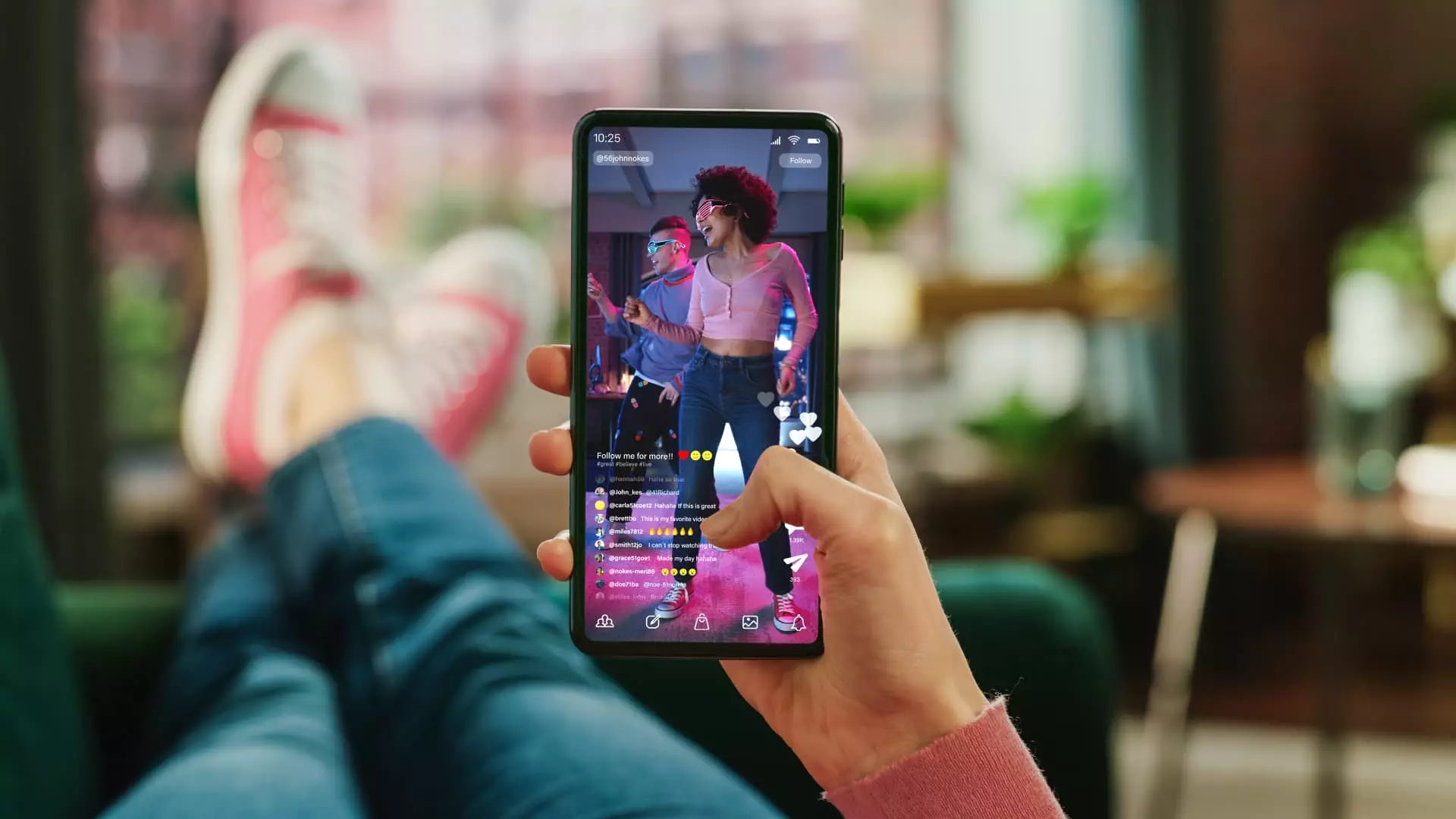In the ever-evolving landscape of digital media, TikTok has emerged as an unparalleled titan, commanding the short-form video market with extraordinary fervor. Launched globally in 2016 by ByteDance, TikTok has not only captured the attention of over 1.12 billion monthly active users but has also transformed how digital content is consumed, particularly among younger demographics. American users spend an average of 108 minutes per day on TikTok, a staggering figure that speaks volumes about our shifting media consumption habits. This data reflects a cultural shift towards quick, engaging, and easily digestible content, steering the trajectory of social media platforms and forcing competitors to recalibrate their strategies.
Platforms such as Meta’s Instagram and Google’s YouTube, once regarded as the heavyweights of social media, are scrambling to catch up. They have unveiled features like Instagram Reels and YouTube Shorts but have yet to rival TikTok’s exceptional algorithmic prowess. This advanced technology not only curates content but also personalizes user experiences, dynamically adapting to behaviors and preferences in real time. According to Jasmine Enberg, a principal analyst at eMarketer, TikTok is “the center of the internet for young people,” setting the standard to which other platforms must adhere. The implications of this dominance extend beyond business metrics; TikTok is now a cultural beacon, influencing trends, entertainment, and even commerce.
The Pirouette of Competitors
In a bid to contend with TikTok’s influence, competitors are exploring new avenues and features designed to capture some of its audience’s attention. For instance, LinkedIn, traditionally positioned as a professional networking platform, is now experimenting with TikTok-style feeds—an unusual but strategic pivot. By integrating short, snackable content into their offerings, these platforms aim to resonate with the same consumer base that has become addicted to TikTok’s format.
Despite this influx of attempts to replicate TikTok’s success, experts remain skeptical whether such strategies will yield the desired results. “With TikTok continually evolving—incorporating elements like e-commerce and longer video formats—rivalling platforms face the daunting challenge of keeping pace,” says Enberg. The stakes are high, as these initiatives can either solidify a platform’s relevance or contribute to its downfall in a rapidly shifting digital ecosystem.
The Psychological Impacts of Short-Form Content
However, the meteoric rise of TikTok and its competitors has not come without consequences. As users become increasingly entranced by short-form content, alarming trends related to mental health and attention spans have surfaced. Prominent figures like Dr. Yann Poncin from Yale University have articulated concerns regarding sleep disturbances and anxiety levels stemming from excessive screen time and “doom scrolling.” This new form of entertainment deviates drastically from traditional narratives, opting instead to deliver quick hits of engagement that may leave users craving more, yet mentally unsatisfied.
Dr. Poncin’s insights underscore a crucial point: today’s content is designed to captivate attention in fleeting moments, rather than immerse users in a comprehensive story. While this shift has appealed to the digital-native generation, it raises ethical questions around how much responsibility platforms bear for their users’ well-being. As the very design of these platforms promotes a cycle of continuous engagement, the risk of desensitization to longer-form content and, more severely, the impact on mental health cannot be ignored.
The Monetary Dichotomy for Creators
Amid this compelling narrative of engagement and influence lies a harsh financial reality for content creators. Although TikTok generated an impressive $23.6 billion in ad revenues last year, monetizing short videos remains a challenging endeavor. The contrast between the virality of content and the monetary gains to creators is stark—many still struggle to convert views into sustainable income despite the platform’s widespread appeal.
Algorithms reward creators with traffic but falter in providing a reliable revenue stream. Comparatively, YouTube Shorts offers merely four cents for every 1,000 views, a fraction of the potential earnings available with long-form content. Moreover, Instagram has resorted to brand partnerships and innovative features like “Trial Reels” to boost creator earnings, further emphasizing the struggles faced across varying platforms. Both Meta and YouTube view TikTok’s challenges, especially concerning regulatory scrutiny, as ripe opportunities for capturing a share of ad revenues.
In essence, TikTok’s dominance has altered not only the social media landscape but also our behaviors, mental health, and financial sustainability in content creation. As platforms grapple with the repercussions of this new environment, the future will inevitably hinge on how they adapt to the extraordinary pressures that TikTok has introduced. The stakes are high, not just for these tech giants but for the millions of creative individuals navigating this precarious landscape.

